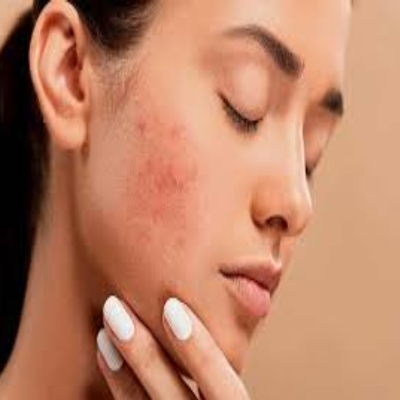
Acne treatment by laser in Nashik

Acne treatment can vary widely based on the type, severity, and underlying causes of acne. The primary goals of treatment are to reduce oil production, prevent clogged pores, kill acne-causing bacteria, and reduce inflammation. Acne treatment can vary widely based on the type, severity, and underlying causes of acne. Acne treatment by laser in Nashik helps reduce oil production, prevent clogged pores, kill acne-causing bacteria, and minimize inflammation.
Types of Acne
- Comedonal Acne: Whiteheads and blackheads formed due to blocked pores.
- Inflammatory Acne: Includes red pimples (papules), pustules, and larger cysts that can be painful and swollen.
- Cystic Acne: Severe form, with deep, inflamed, and painful cysts that can lead to scarring.
Common Acne Treatments
Topical Treatments
- Benzoyl Peroxide: An antimicrobial agent that kills bacteria on the skin and reduces inflammation. It’s often used for mild to moderate acne.
- Salicylic Acid: A beta-hydroxy acid (BHA) that exfoliates the skin, clears clogged pores, and helps reduce oiliness, making it effective for blackheads and whiteheads.
- Retinoids (Tretinoin, Adapalene): Vitamin A derivatives that increase cell turnover, unclog pores, and prevent new acne from forming. They’re used for comedonal and inflammatory acne.
- Azelaic Acid: A mild acid with antibacterial and anti-inflammatory properties, effective for acne and acne-related hyperpigmentation.
- Antibiotic Creams (Clindamycin, Erythromycin): Used to reduce bacteria and inflammation, often combined with benzoyl peroxide or retinoids to prevent bacterial resistance.
Oral Medications
- Antibiotics (Doxycycline, Minocycline): Reduces bacterial growth and inflammation, typically used for moderate to severe acne, and prescribed for a limited time to avoid resistance.
- Oral Contraceptives: Birth control pills can help regulate hormones that contribute to acne, making them suitable for women with hormonal acne.
- Spironolactone: A hormonal treatment that blocks androgen receptors, reducing oil production. It’s commonly prescribed to women with persistent, hormonally-driven acne.
- Isotretinoin (Accutane): A powerful oral retinoid for severe, treatment-resistant cystic acne. It reduces oil production, shrinks oil glands, and decreases inflammation but requires close monitoring due to potential side effects.
In-Office Procedures
- Chemical Peels: Mild to moderate chemical peels with acids (like salicylic or glycolic acid) can exfoliate the skin, unclog pores, and reduce post-inflammatory hyperpigmentation.
- Laser and Light Therapy: Treatments like blue light therapy target acne-causing bacteria, while other types of lasers reduce inflammation and acne scars.
- Microneedling: Promotes collagen production, improving acne scars and skin texture.
- Cortisone Injections: A quick treatment for inflamed cysts or nodules, cortisone injections reduce swelling and pain almost instantly.
- Drainage and Extraction: Large cysts can be physically drained by a dermatologist, providing relief and speeding up healing.
Lifestyle and Home Care
- Gentle Cleansing: Wash with a mild cleanser twice daily to remove excess oil, makeup, and impurities.
- Non-Comedogenic Products: Use oil-free, non-comedogenic skincare and makeup products to avoid clogging pores.
- Balanced Diet: Some people find that cutting back on sugar, dairy, and processed foods helps improve their acne.
- Stress Management: Stress can worsen acne by affecting hormone levels, so practices like meditation, exercise, and sleep can contribute to skin health.
Post-Acne Treatments for Scarring
- Microneedling and RF Microneedling: Effective for atrophic (depressed) scars, promoting collagen to smooth skin texture.
- Chemical Peels and Laser Resurfacing: Help improve skin tone, texture, and reduce pigmentation left from acne.
- Dermal Fillers: Can fill in deeper scars to smooth out the skin’s surface temporarily.
Tips for Consistent Acne Management
- Patience is Key: Most treatments take 6-8 weeks to show results, so consistency is essential.
- Avoid Overuse: Using too many products or harsh treatments can worsen inflammation and cause irritation.
- Avoid Picking or Squeezing: Picking can lead to more inflammation, infection, and scarring.
When to See a Dermatologist
If acne is painful, widespread, or not responding to over-the-counter treatments, seeing a dermatologist can help. They can create a personalized plan and offer prescription-strength treatments or in-office procedures that target acne more effectively.